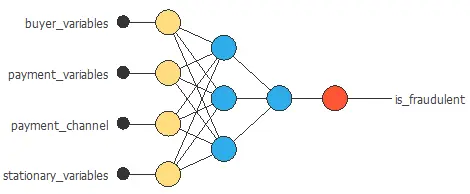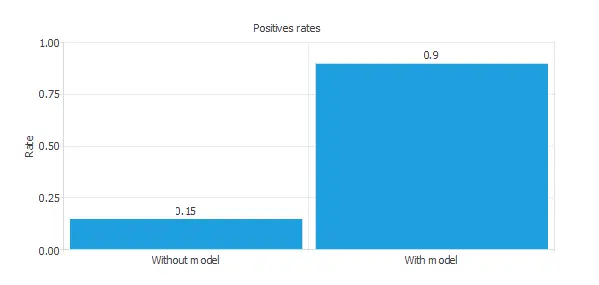Analyzing a company’s payments or transaction data allows us to classify which ones are fraudulent and not.
Knowing this classification, we can prevent them in our company.
The data science and machine learning platform Neural Designer helps banks, insurance, telecommunications, and retail companies to detect and avoid these fraudulent payments.
Contents
Objectives
Fraud detection has become one of the biggest challenges for all companies. Frauds represent significant problems for any business, and specialized analysis techniques for detecting them are required.
However, it is not easy to develop these techniques to detect fraud.
By harnessing the power of fraud data sets, companies can develop predictive models that enable the detection of any possible fraud.
Some of the factors that can influence committing fraud are the following:
- Buyer variables: Gender, age, education level, job category, nationality…
- Payment variables: Amount, country of origin, decline…
- Payment channel: Credit card, transfer, mobile phone, check…
- Stationary variables: Season, date, time…
- Etc.
The objective is to develop a program to detect and prevent future fraud.
To do that, it is essential to develop new methods that can identify which are the variables that make a payment fraudulent.
Benefits
The following are some of the many benefits of using machine learning for fraud detection.
STOP FRAUD QUICKLY
Detect fraud quickly and early enough to take action.
AVOID ECONOMIC LOSSES
Avoid losses due to fraudulent payments.
IDENTIFY COMPANY WEAKNESS
Identify the weakness of why a fraud could be committed and fix them.
Approach
Neural networks can detect fraudulent transactions so that we can avoid them.
The following graph illustrates an example of a neural network for fraud detection:

The data science and machine learning platform Neural Designer guides you through this process so that you can focus on your business and not on the details behind machine learning.
Results
As we have explained before, fraud detection aims to determine which payments are fraudulent and which ones are not.
The next graph is obtained from the example credit card fraud detection. We can observe the rates with the model and without the model.

As expected, we can see how the positive rate increase, initially we have a rate of 15%, and after applying the model, we have a rate of 90%.
Conclusions
Machine learning allows companies to find frauds on time using the available data.
Companies can take advantage of these techniques and avoid losses due to fraudulent payments. They can also improve all the company’s weaknesses in the payment area.
Neural Designer uses artificial intelligence to discover the variables that influence whether or not a payment is fraudulent.






